Every spring, people in Xuan Loc commune, Song Cau town (Phu Yen) flock to the mountains on Cu Mong peak to pick Ma Do tea.
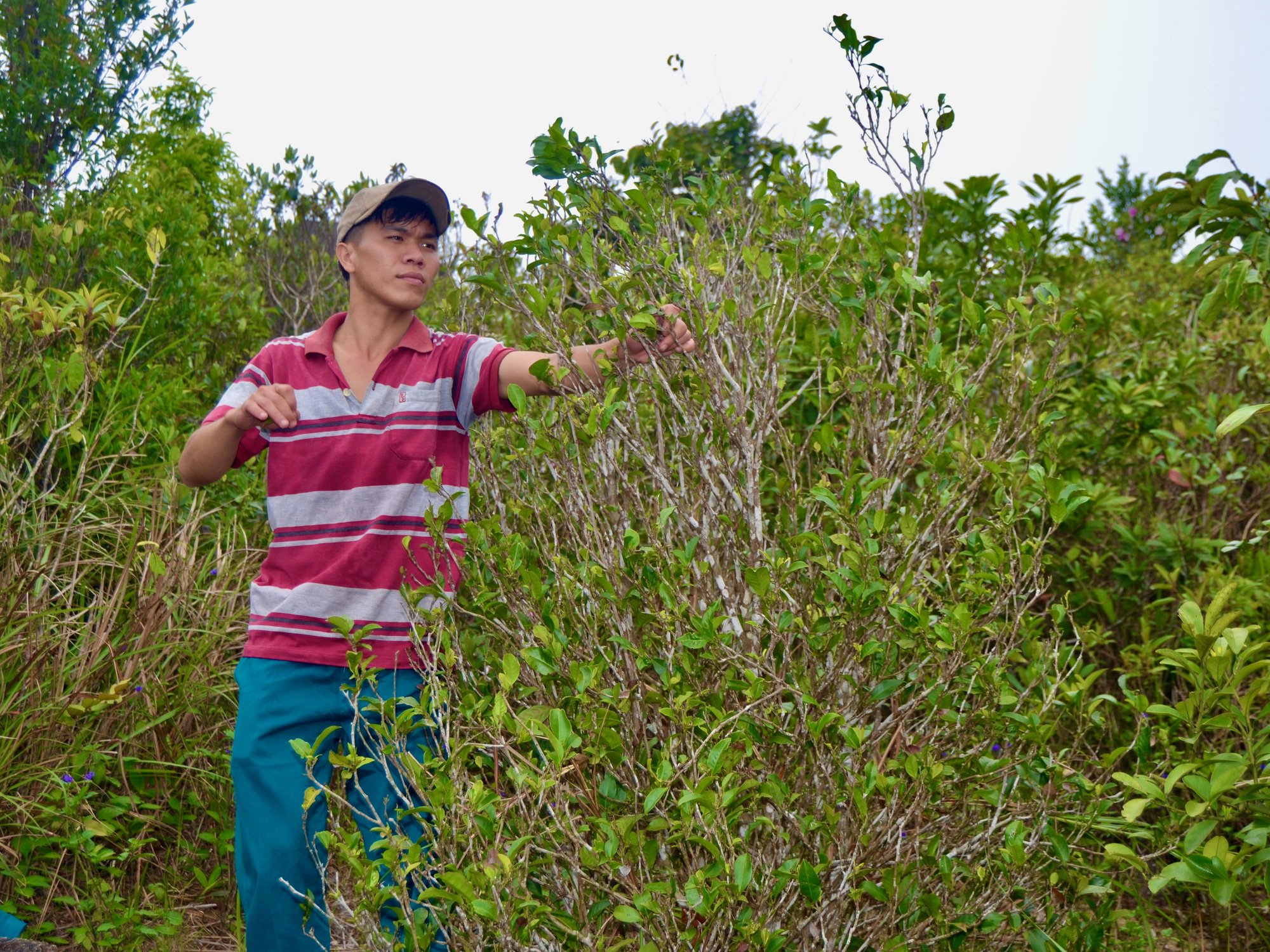
People of Xuan Loc commune climb high mountains to pick Ma Do tea - Photo: NGOC CHUNG
Ma Do tea is a type of green tea that grows naturally on mountain peaks 500 - 700m above sea level; scattered on mountain peaks bordering Phu Yen and Binh Dinh provinces. The tea is best picked in spring (from January to March of the lunar calendar).
Rare and expensive wild tea varieties
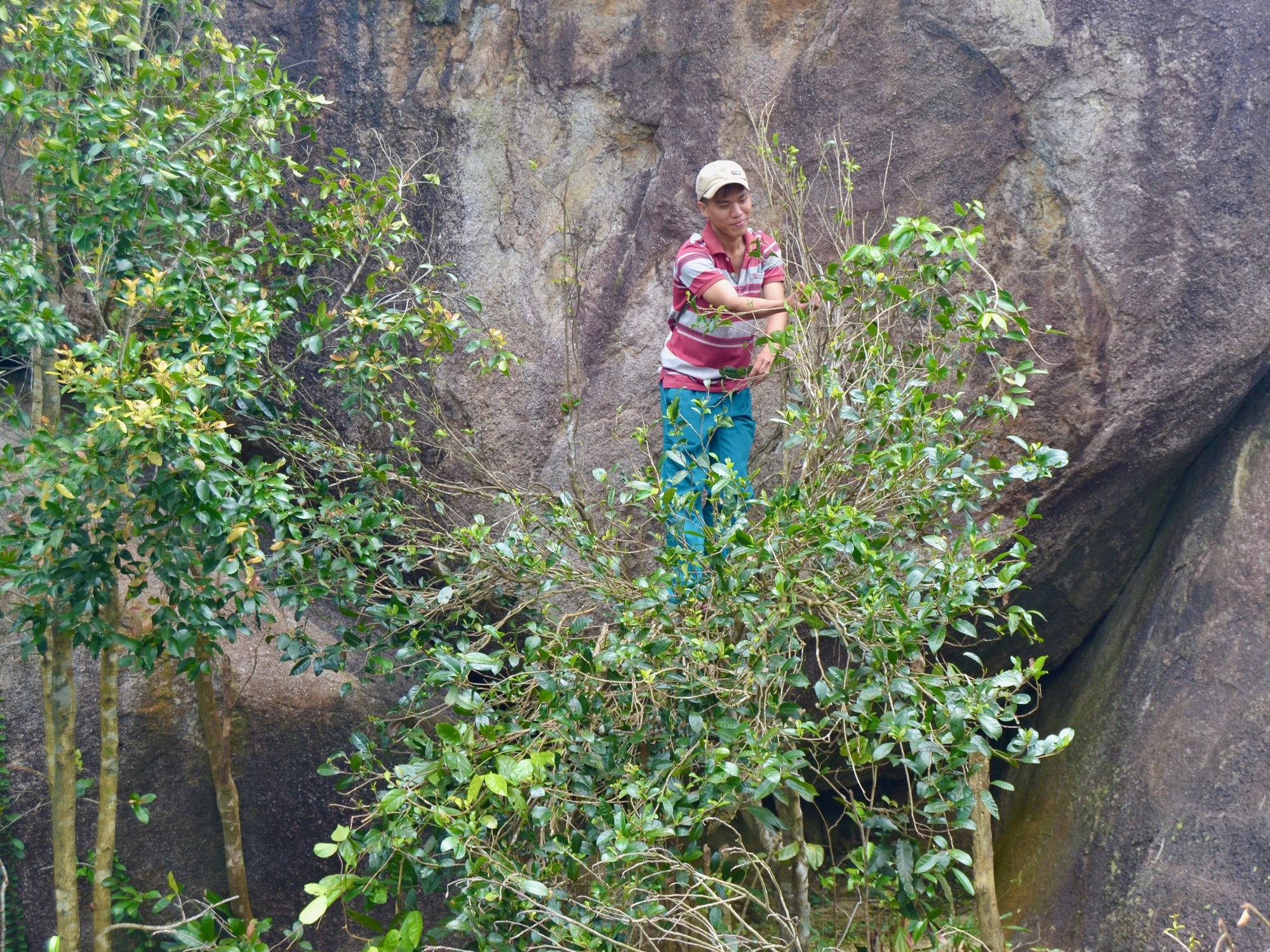
Ma Do tea is a wild tea variety so the quantity is very limited, exploited seasonally so the price is high - Photo: NGOC CHUNG
Mr. Tu Van Muoi (Long Thanh village, Xuan Loc commune) said that his family has spent decades climbing mountains to pick Ma Do tea.
Because this is a wild tea variety that grows naturally on high mountains, the number of remaining trees is not much, so on average, a professional tea picker can only pick about 1 - 4kg of fresh tea per day (4kg of fresh tea makes 1kg of dry tea); an amateur can only pick half.
"Right now the tea is still hibernating, and will be harvested after Tet. If you want to buy Ma Do tea, you have to order a month in advance. Because the quantity picked is not much, when you order, I will collect enough quantity and call you back," said Mr. Muoi.
According to Mr. Muoi, the current selling price of Ma Do tea is 3 million VND/kg of dry tea. The entire process of drying, roasting, and packaging the tea is done by hand.
After picking, the young buds are selected, spread out to dry and then crushed and rubbed until the tea buds are crushed. Next, the tea is brewed for 3-4 hours and then dried in the sun until ripe and fragrant.
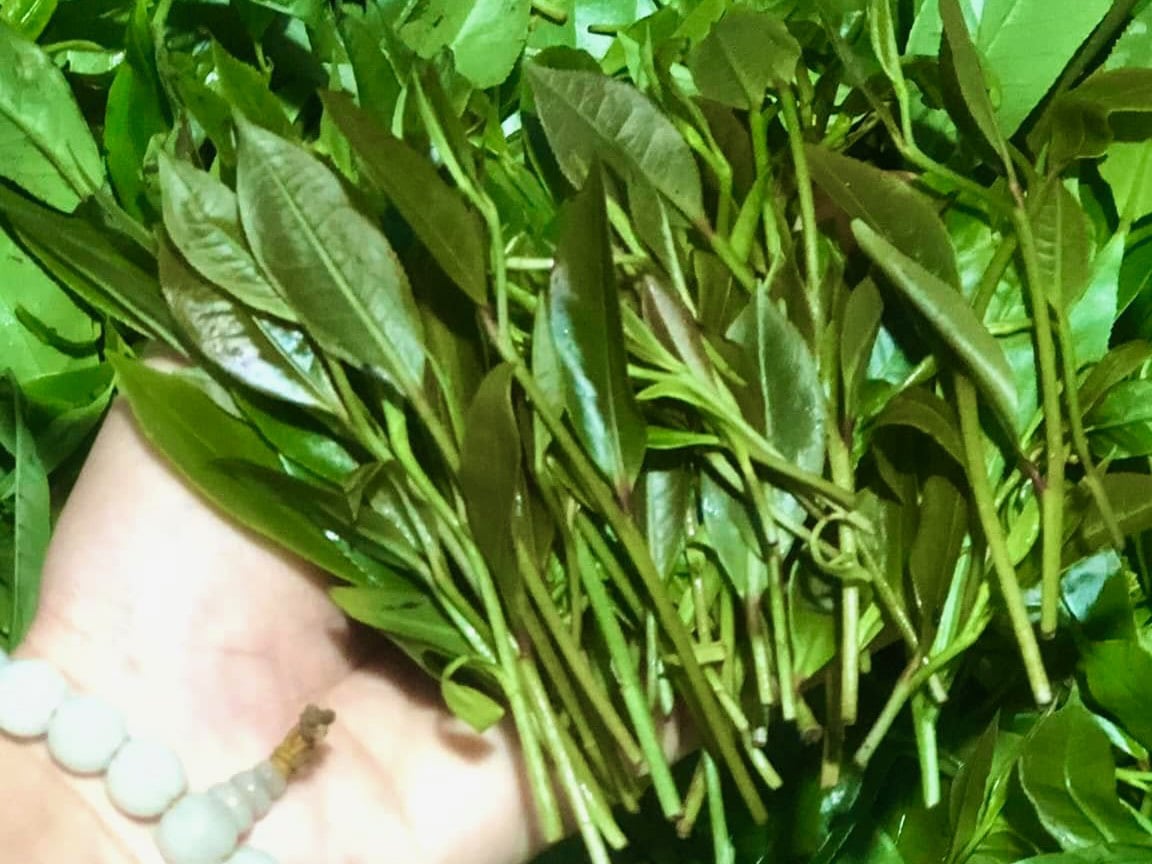
Young green tea buds harvested by locals - Photo: NGOC CHUNG
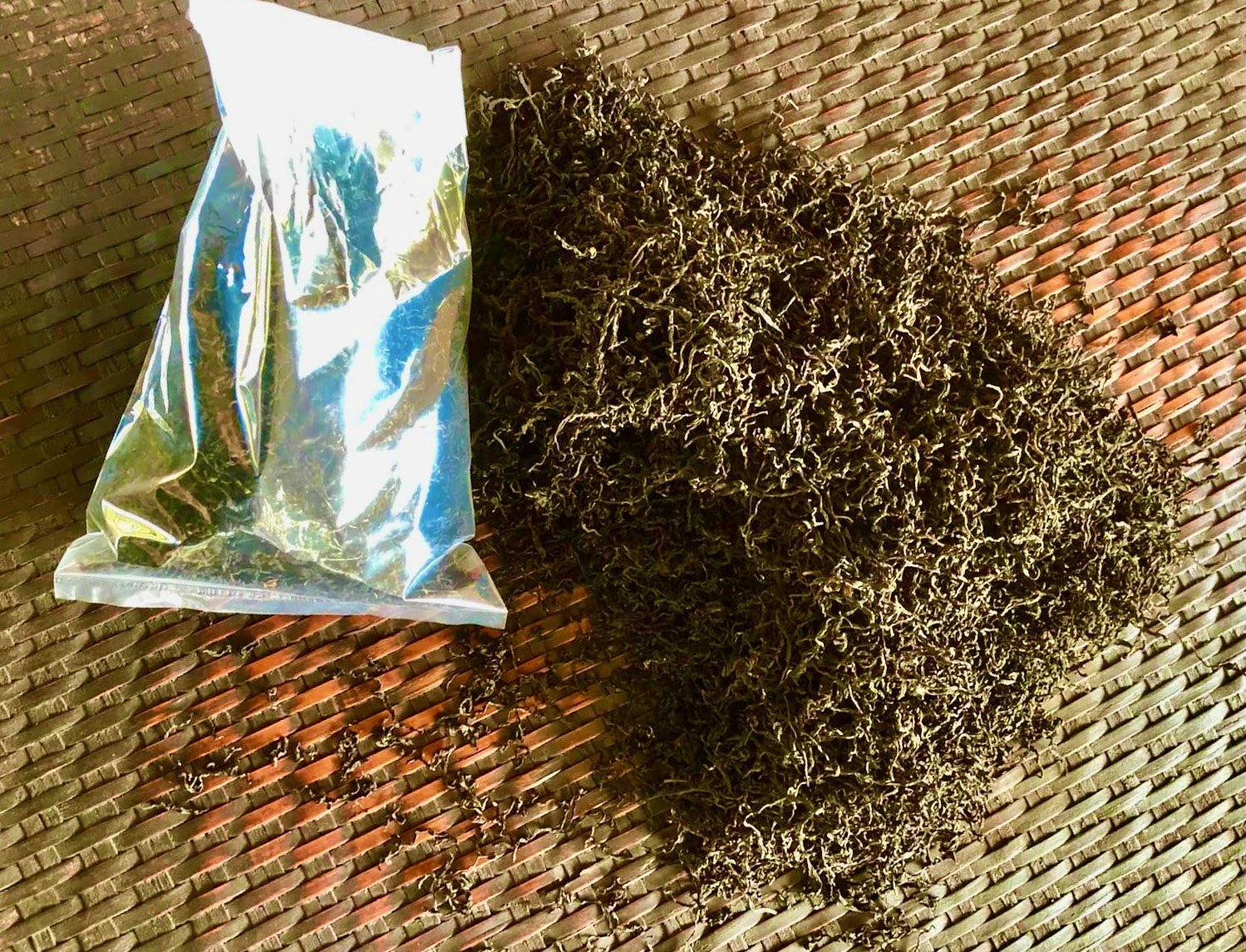
Finished Horse Tea has a slightly astringent taste, sweet aftertaste and strong aroma - Photo: MINH CHIEN
The difference of Ma Do tea is that the dried tea leaves are black, when brewed they turn dark brown and then gradually fade to pink. When drinking, the tea has a slightly astringent taste, sweet aftertaste, and a very distinctive aroma.
Ms. Tran Thi Loan (53 years old, Long Thanh village, Xuan Loc commune) said that currently there are very few natural tea trees left after being destroyed by war, forest fires, charcoal burning...
"Last year, I still had some Ma Do tea left to sell to regular customers and to keep at home to entertain guests. I also planted trees from the forest in my garden for nearly 2 years now, but when I brought them down here, they didn't grow as well," said Ms. Loan.
New opportunities for Ma Do tea
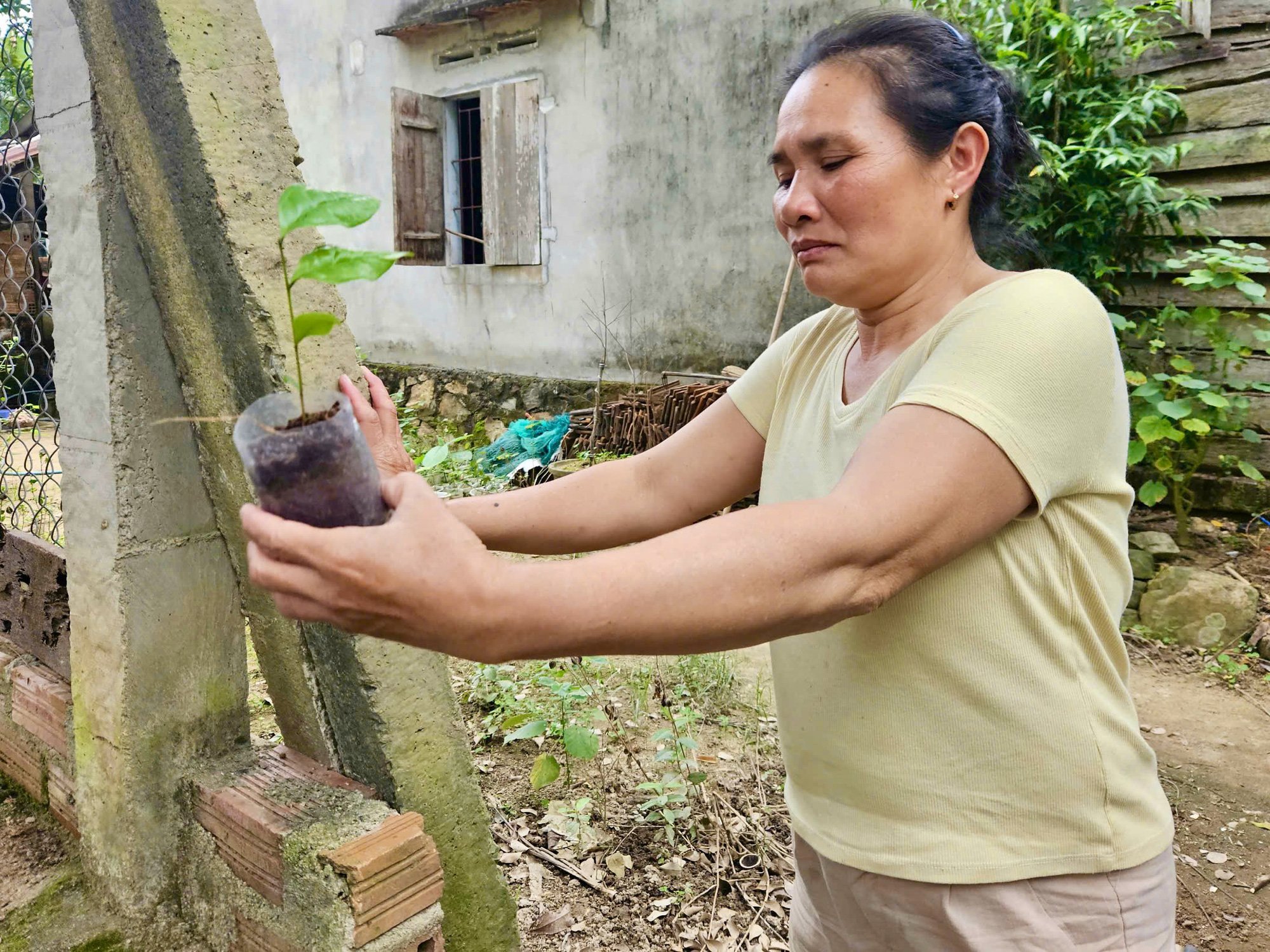
Mrs. Loan nurtures young Ma Do tea trees for planting - Photo: MINH CHIEN
Mr. Nguyen Thanh Son - Chairman of Xuan Loc Commune People's Committee - said that in early spring, Ma Do tea sprouts the most, while the harvest in the remaining seasons is not good. People who pick Ma Do tea at this time have a very good income because it is a natural tea variety harvested seasonally, so the price is always high.
"The locality is also linking and supporting scientific centers to conduct research and breed Ma Do tea to produce products with local characteristics," said Mr. Son.
According to Mr. Son, Ma Do tea trees naturally grow in high mountainous areas, so conservation work is difficult. However, tea pickers today understand and recognize the economic benefits of this tea tree, so they are aware of protecting and exploiting it, not cutting it down like in the past.
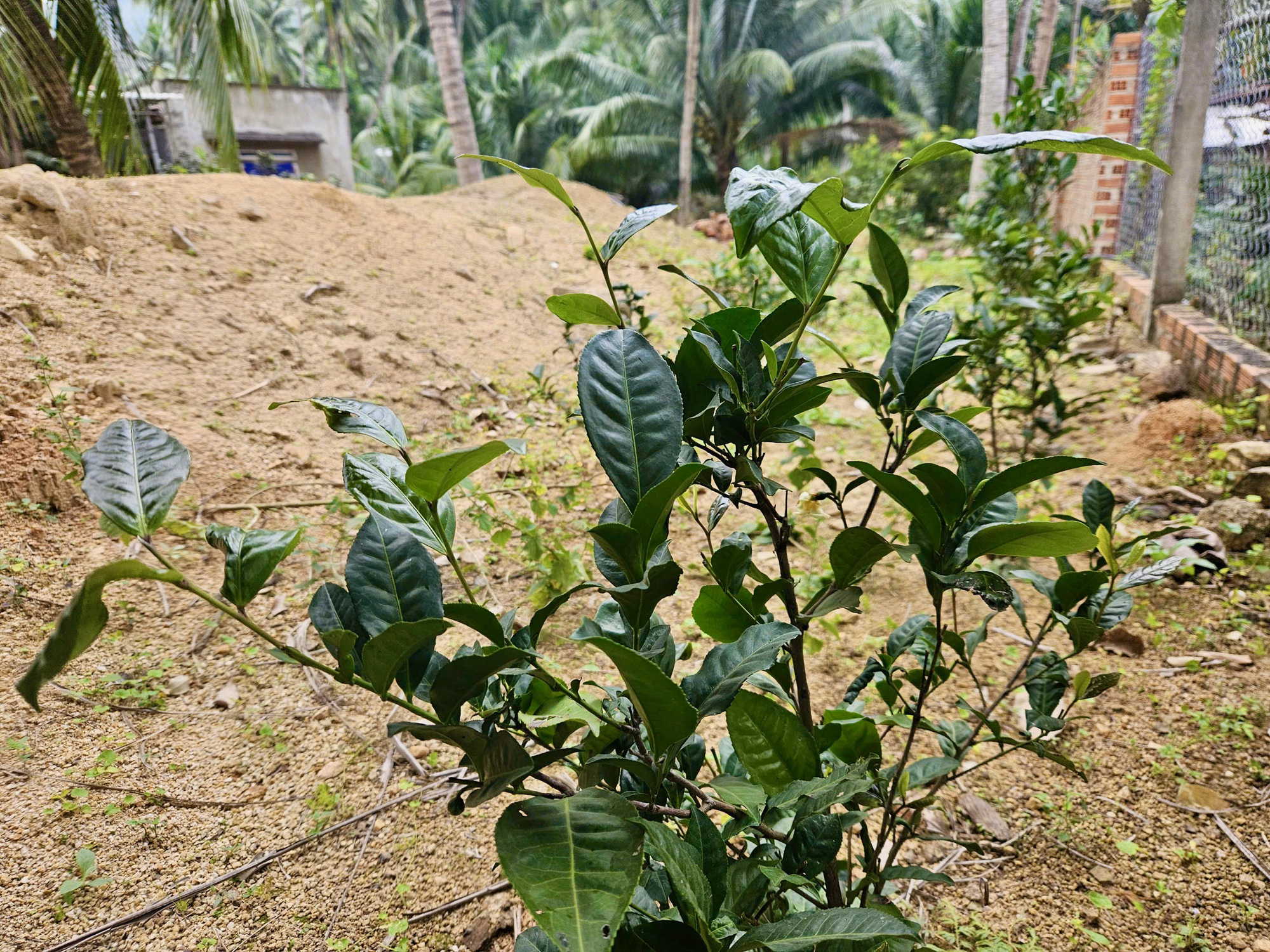
Ma Do tea tree planted by Mrs. Loan in the garden - Photo: MINH CHIEN
In December 2024, the Science and Technology Council of Phu Yen province accepted the project of Research on application and development of Ma Do tea tree in Song Cau town, implemented by La Hieng Center for Agricultural and Biological Science and Technology (Tuy Hoa city).
This project has been implemented since October 2020 with a total budget of more than 1.1 billion VND. Currently, the research team has successfully propagated Ma Do tea trees to bring them to nurseries and experimental planting in An Xuan commune (Tuy An district) and Xuan Hai commune (Song Cau town).
The research team also incubated and cultivated thousands of embryonic tissue samples of Ma Do tea trees to transfer to the agricultural sector and the people, while harvesting fresh tea buds and building a commercial tea production and processing process to contribute to preserving and enhancing the value and economic development potential of the endemic tea variety in Phu Yen.
Why is it called Ma Do tea?
Legend has it that long ago, King Gia Long stopped his horse to rest on the way to Cu Mong Pass. The locals picked tea for the king to drink and the king liked it very much. From then on, the locals named this tea Ma Do (meaning horse stop) tea.
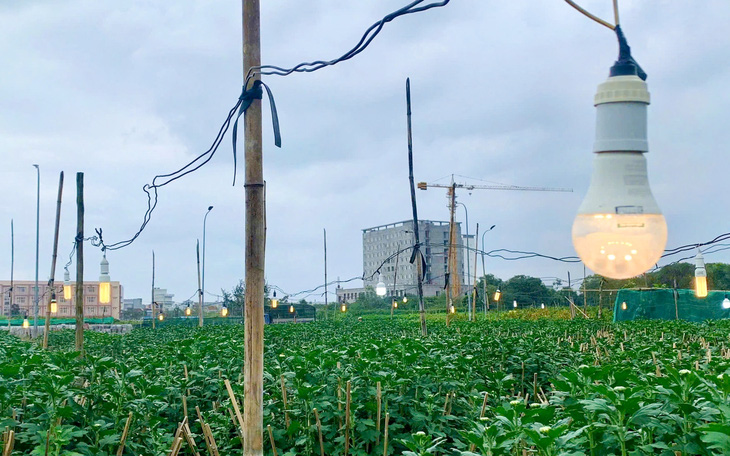 Good kumquat season, bad chrysanthemum season
Good kumquat season, bad chrysanthemum seasonSource: https://tuoitre.vn/tra-ma-do-la-gi-ma-gia-ban-tet-gan-3-trieu-dong-kg-muon-mua-phai-dat-truoc-20250119142945409.htm


![[Photo] Moment of love: Myanmar people are moved to thank Vietnamese soldiers](https://vstatic.vietnam.vn/vietnam/resource/IMAGE/2025/4/3/9b2e07196eb14aa5aacb1bc9e067ae6f)
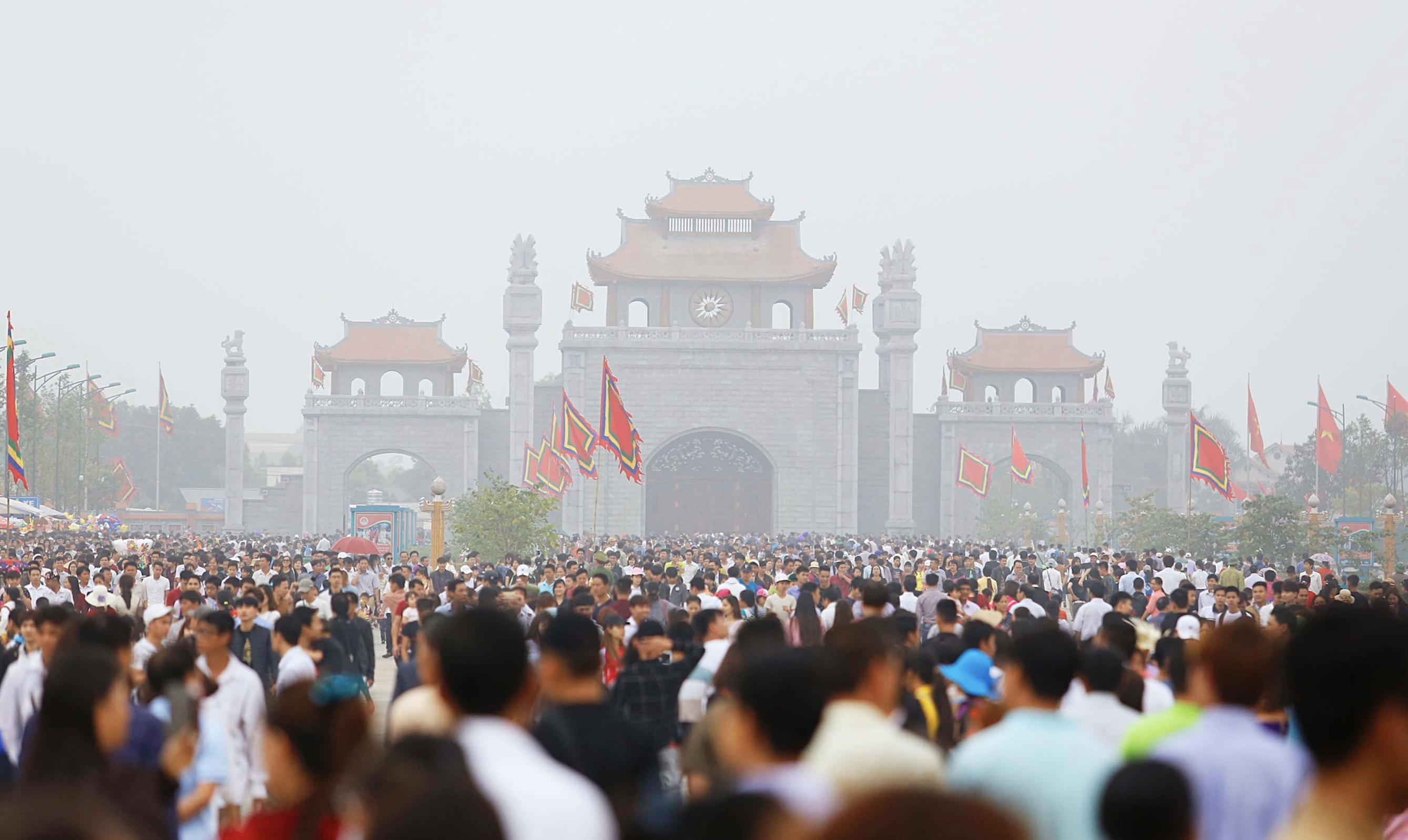
![[Photo] A brief moment of rest for the rescue force of the Vietnam People's Army](https://vstatic.vietnam.vn/vietnam/resource/IMAGE/2025/4/3/a2c91fa05dc04293a4b64cfd27ed4dbe)
![[Photo] Prime Minister Pham Minh Chinh chairs meeting after US announces reciprocal tariffs](https://vstatic.vietnam.vn/vietnam/resource/IMAGE/2025/4/3/ee90a2786c0a45d7868de039cef4a712)
![[Photo] Special relics at the Vietnam Military History Museum associated with the heroic April 30th](https://vstatic.vietnam.vn/vietnam/resource/IMAGE/2025/4/3/a49d65b17b804e398de42bc2caba8368)
![[Photo] General Secretary To Lam receives Japanese Ambassador to Vietnam Ito Naoki](https://vstatic.vietnam.vn/vietnam/resource/IMAGE/2025/4/3/3a5d233bc09d4928ac9bfed97674be98)



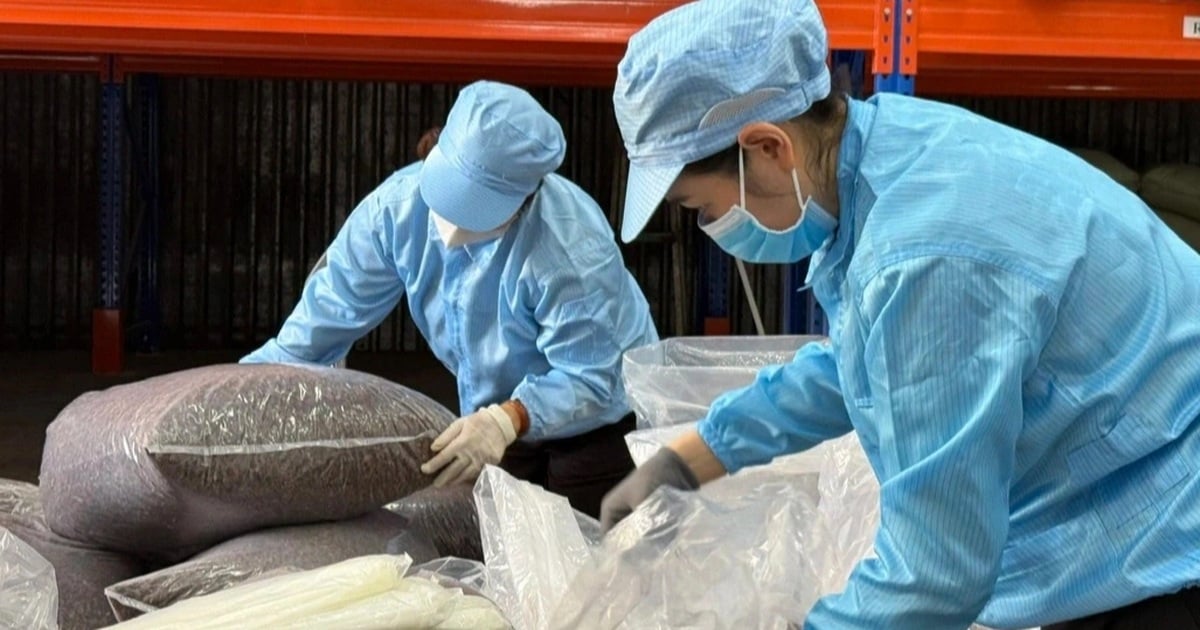

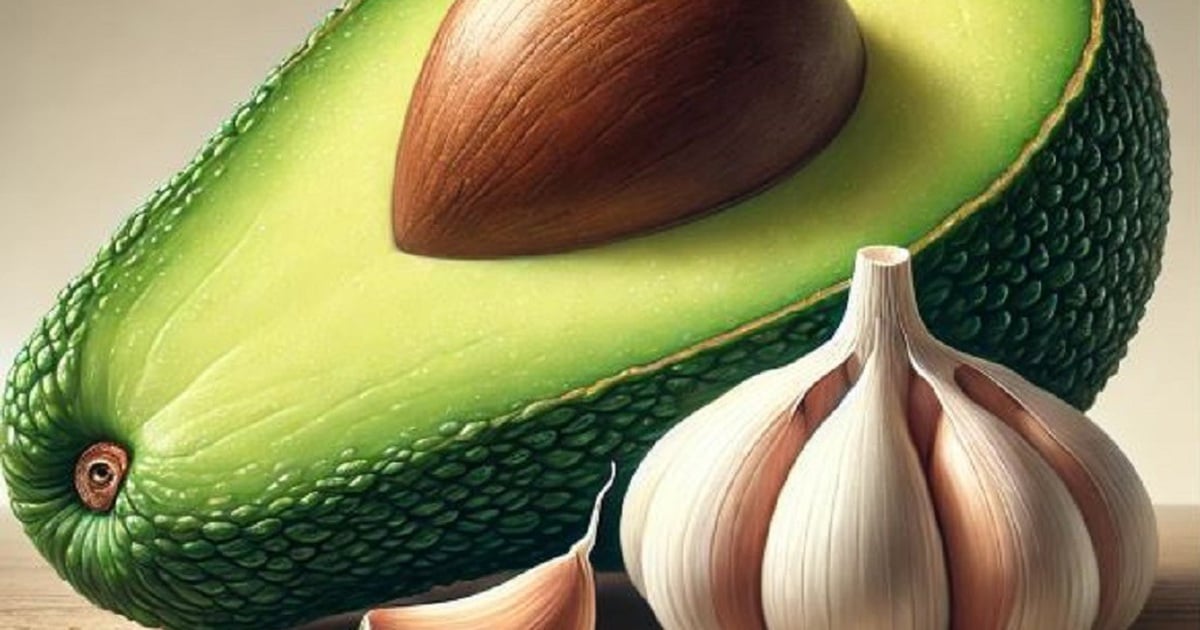

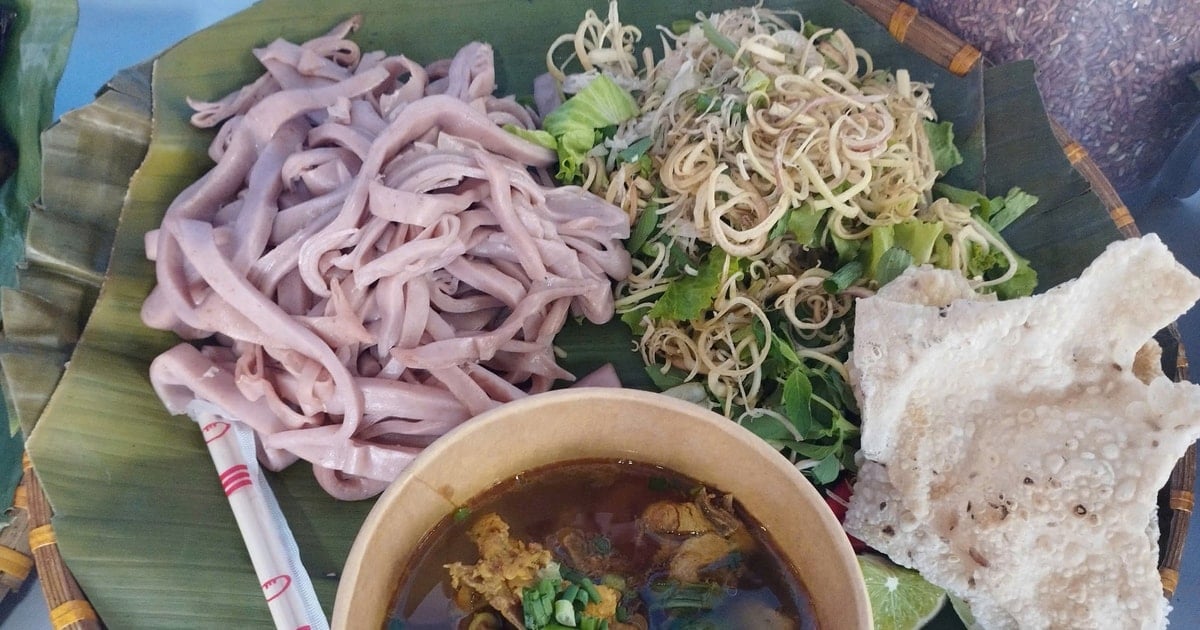

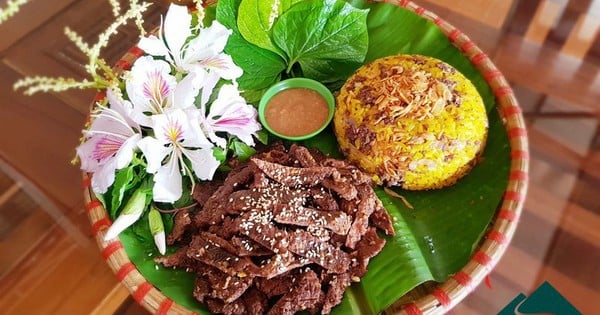



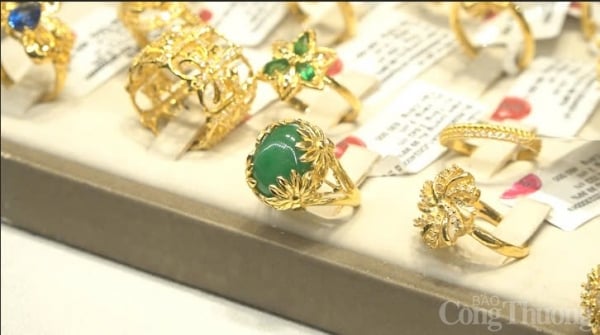

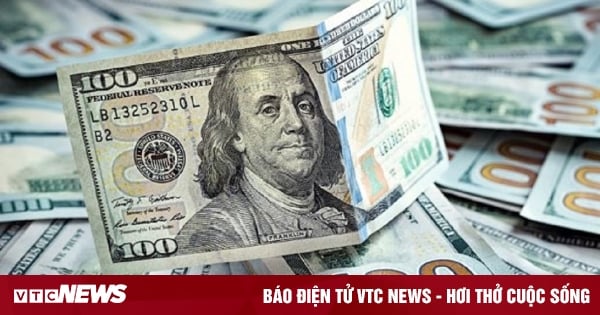








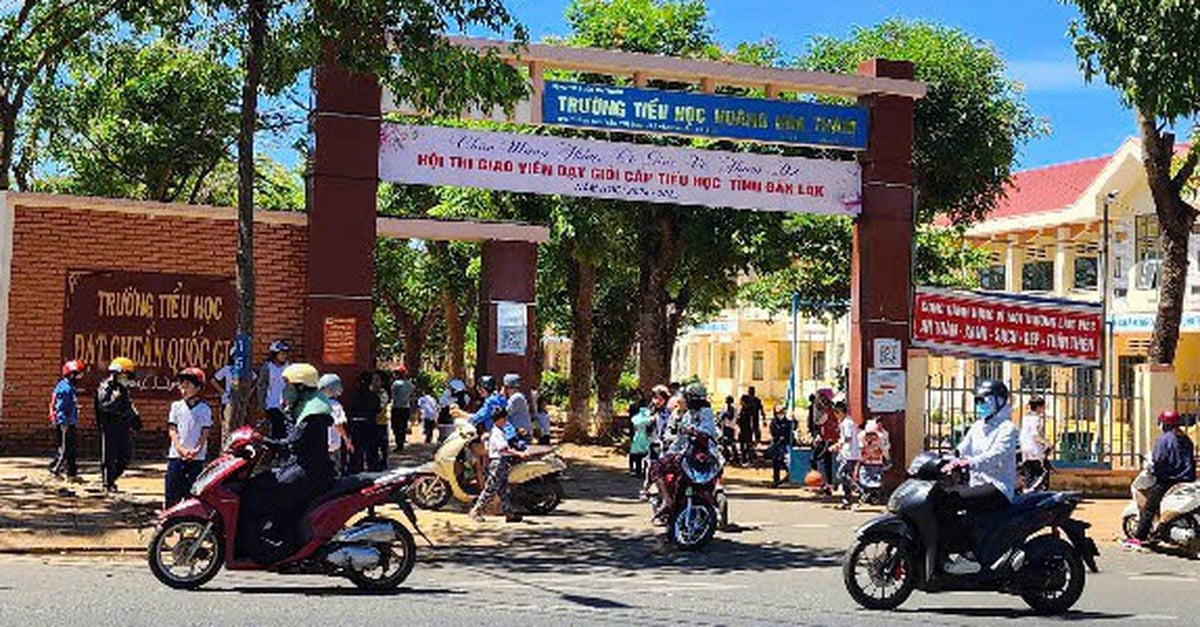

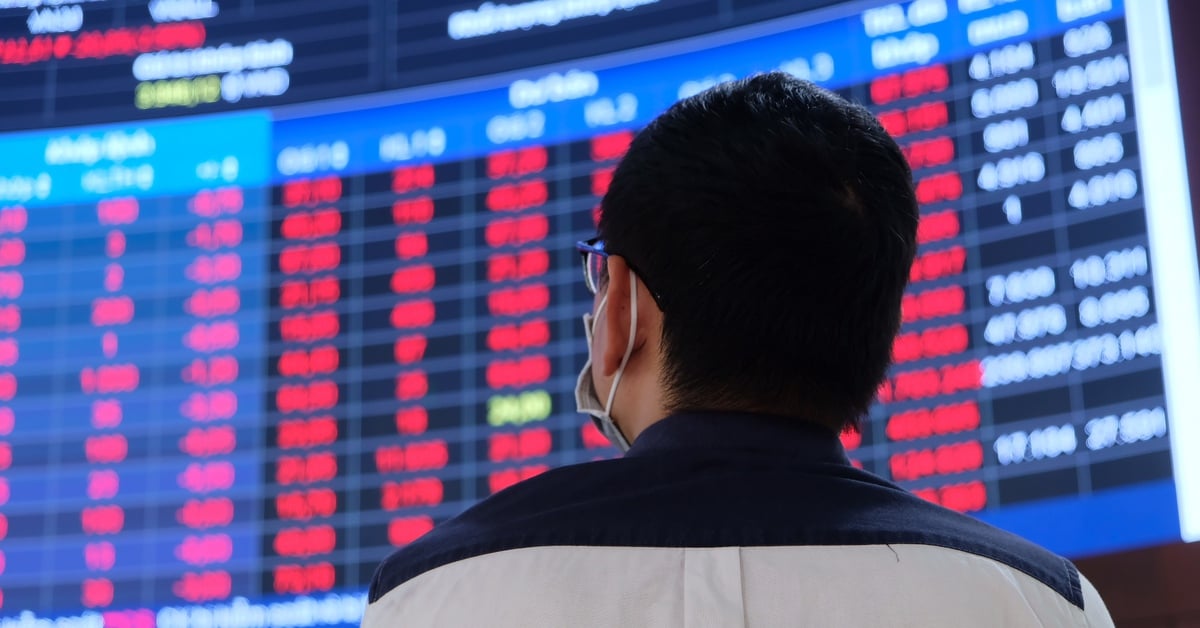


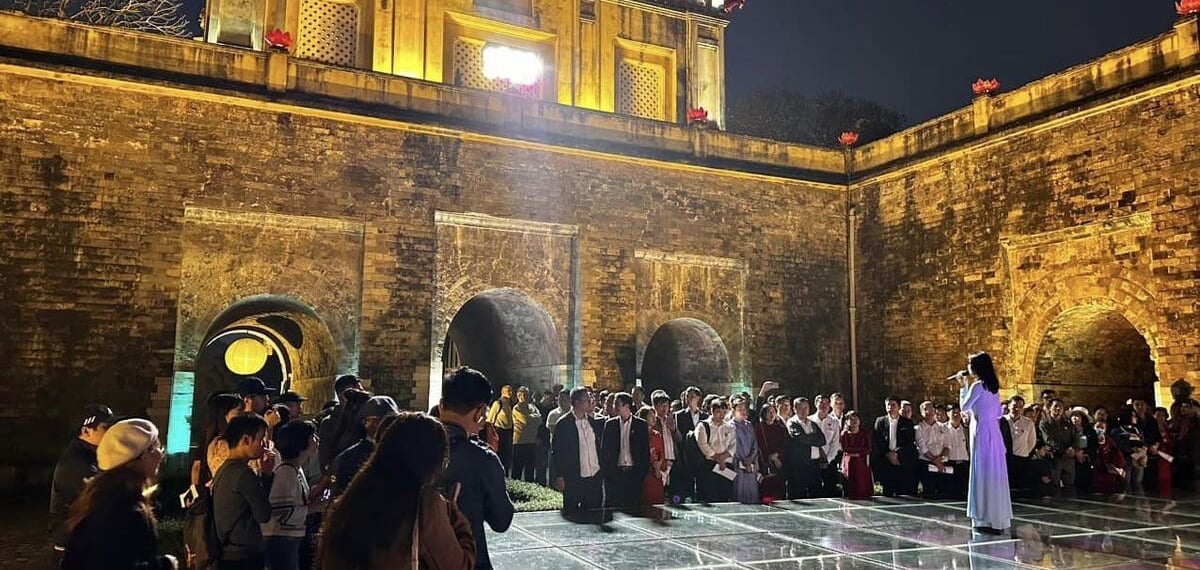

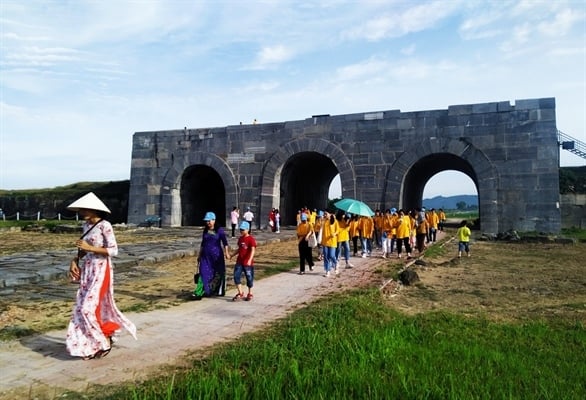

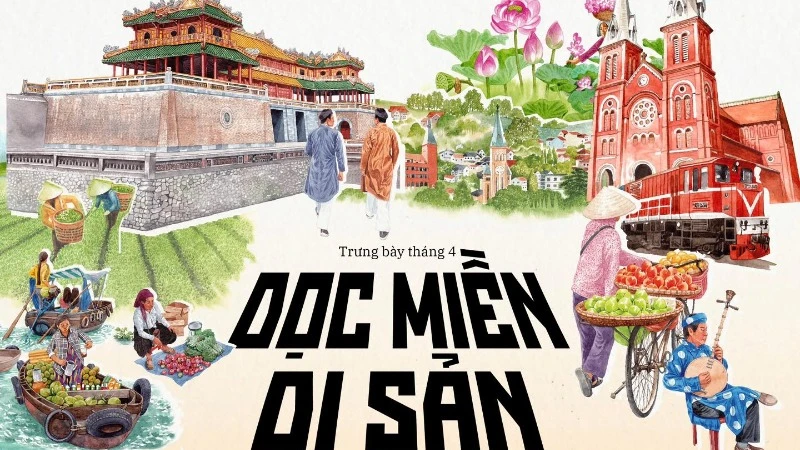




















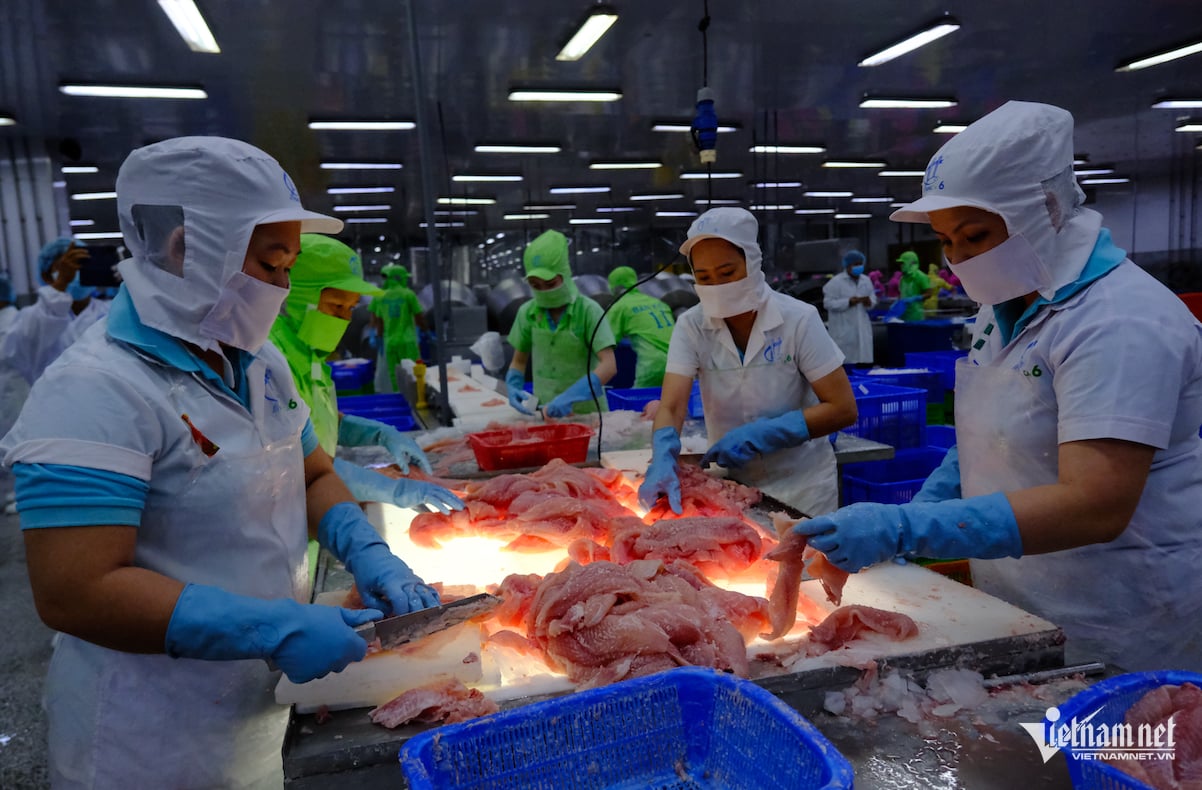














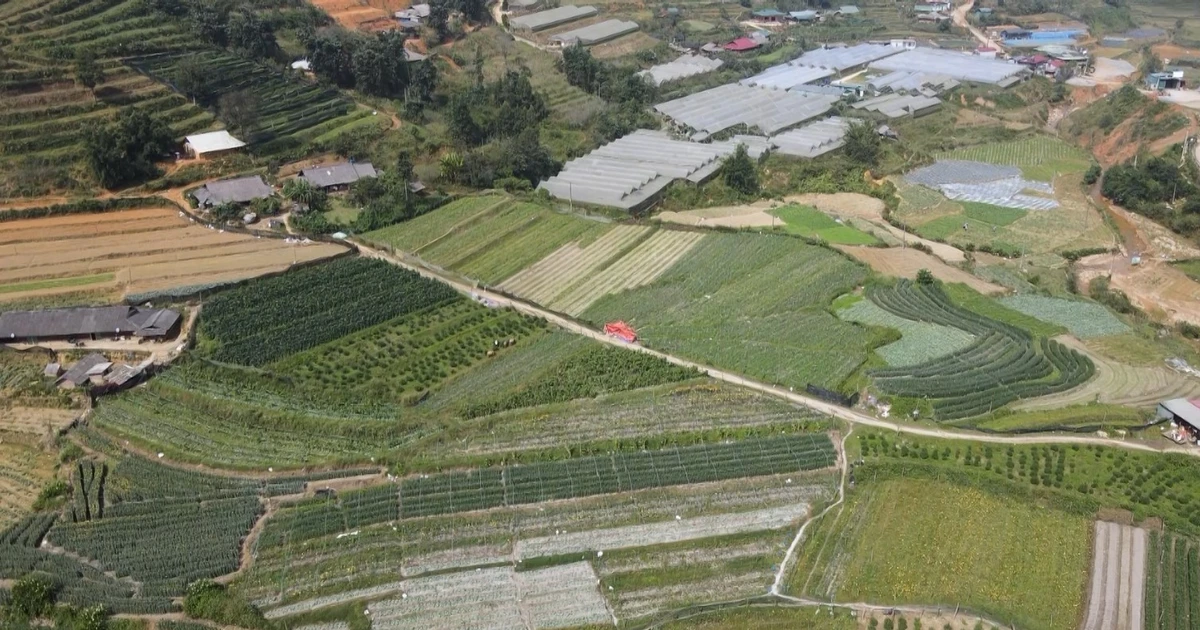

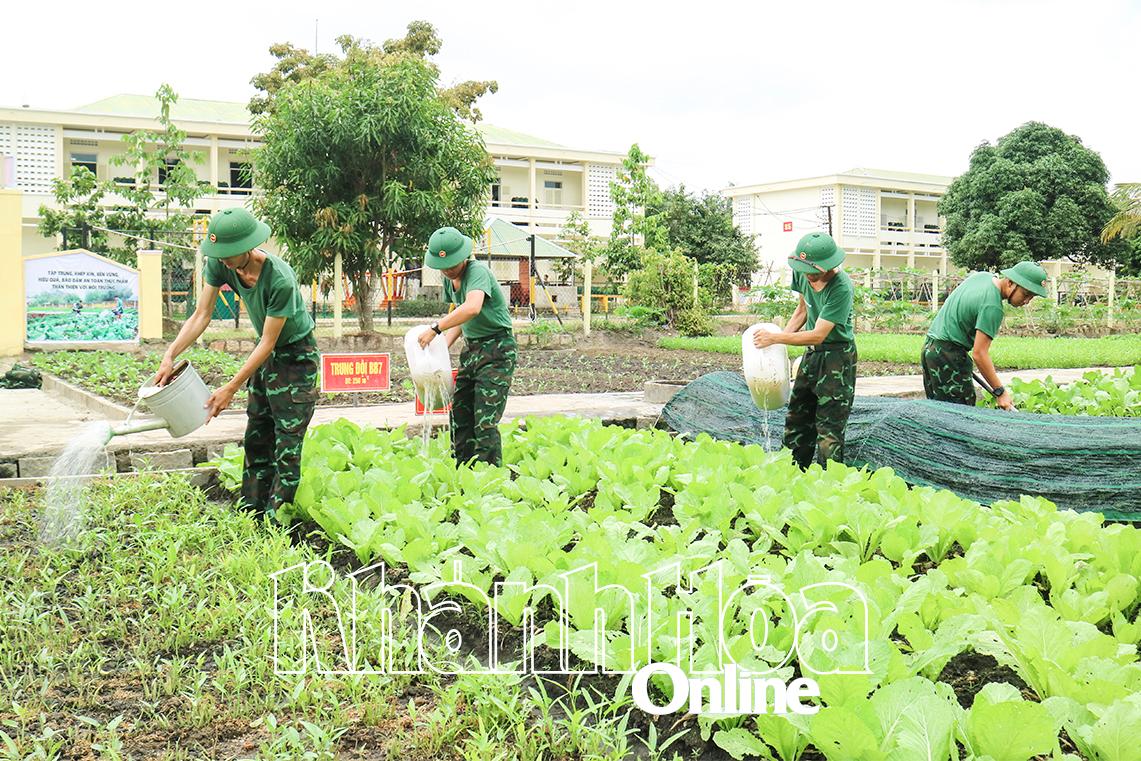





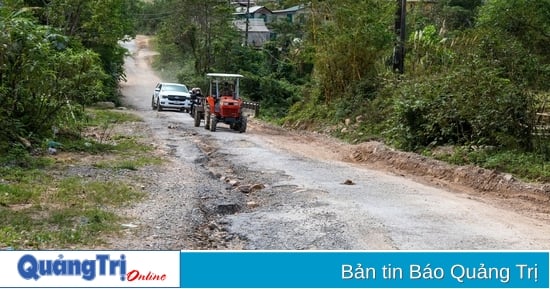












Comment (0)